by Rachel McComiskey
For every 7 girls, there is one boy enrolled in the creative writing courses this semester. In Creative Writing II, there are no boys. Though boys are not represented nearly as strongly, teachers say the disparity may be sustained by gender stereotypes.
Carol Hobbs has been teaching creative writing for six years, but her experience goes further than that. She’s taught the course at other schools in Canada and also taught in the summer through the Education Cooperative, a Massachusetts group that offers enrichment courses to high school students.
“I think there is this great desire, at the high school level, to be seen as doing what is masculine and not taking some of the girly, softer courses, which some people will call creative writing,” Hobbs said. “I think as a culture we tend to push boys into other areas of study like science and engineering.”
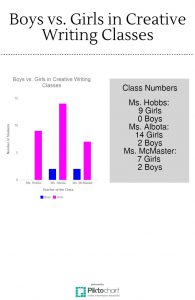
Class Dynamics
Despite the huge gender difference, students in the class haven’t noticed.
Sophomore Tim Person, who took creative writing last year, says his class wasn’t really affected by the divide.
“There was about the same amount of enthusiasm from the guys and girls in the class,” he said.
Hobbs says she thinks both genders are equally involved in the class.
“I’ve had some amazing male students in my creative writing class,” she said. “I’ve never found them to be lacking in any way when it comes to creative writing. When we run [the class], we run a workshop where students present their work to each other, and they give critiques. I’ve not seen a difference in the amount or the quality of the critique with the boys and the girls.”
Freshman Danielle Joubran says that she thinks the participation in the class has more to do with a student’s personality than their gender.
“It’s about us and our writing,” she said. “I don’t even think we acknowledge that we are different genders.”
Outside of High School
According to a 2015 survey by VIDA, the overall male to female writer ratio for publishers is one to one, a near reversal of the trends seen in high school.
“I think that at the high school we keep wanting to channel men into more traditional male ideas,” Hobbs said. “But once they’re outside at university and so on, we see men encouraged to go out into the public.”
In Hudson High’s reading list, a majority of the books students study are written by men, such as Lord of the Flies by William Golding on the freshmen list and various Shakespeare works on all of the high school reading lists.
“We in school tend to have a lot of men on our reading lists [even though there are a lot of women writers],” Hobbs said. “I think we need to change that. We need to have a perception that women are also important writers of great ideas and of great feeling.”
In the Future
Aware of the gender divide in the creative writing classes, Hobbs is hoping she and her colleagues can work together to break down the stereotypes that allow that divide to persist.
“I think if we’re going to change stereotypes about creative writing, we have to address how we talk about it as adults in the building,” Hobbs said. “And we have to encourage any student we see who seems to have an interest in or a talent for creative writing. We have to encourage those students to continue and to see it as something valuable and not just to get another AP designation on their courses.”
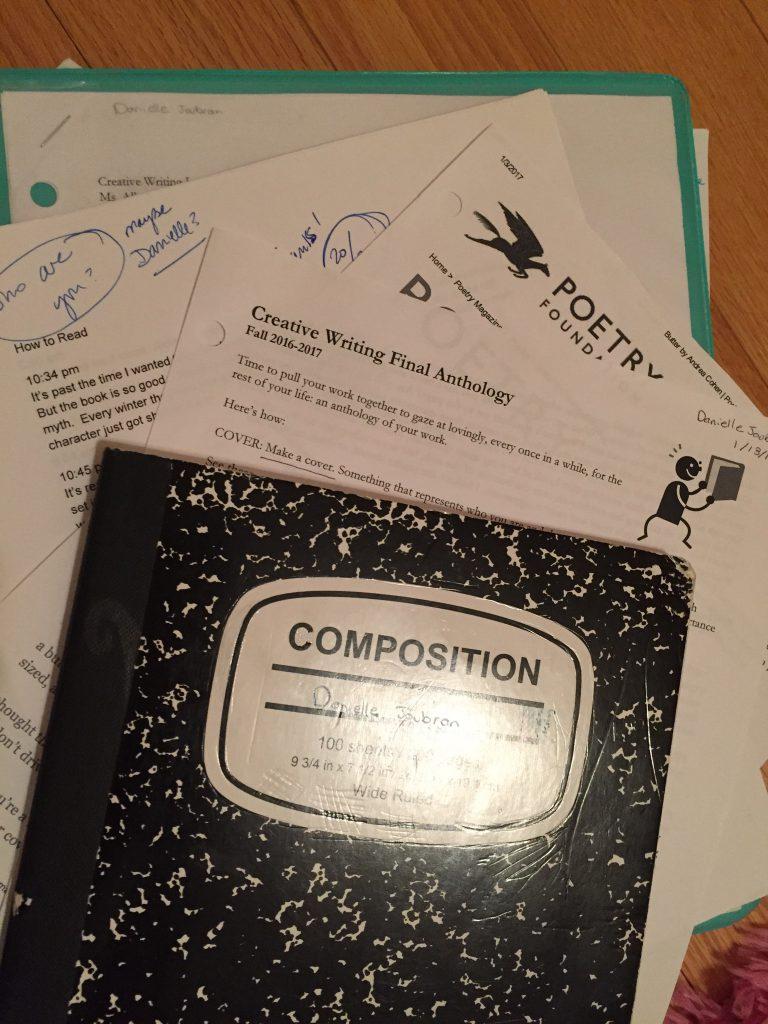
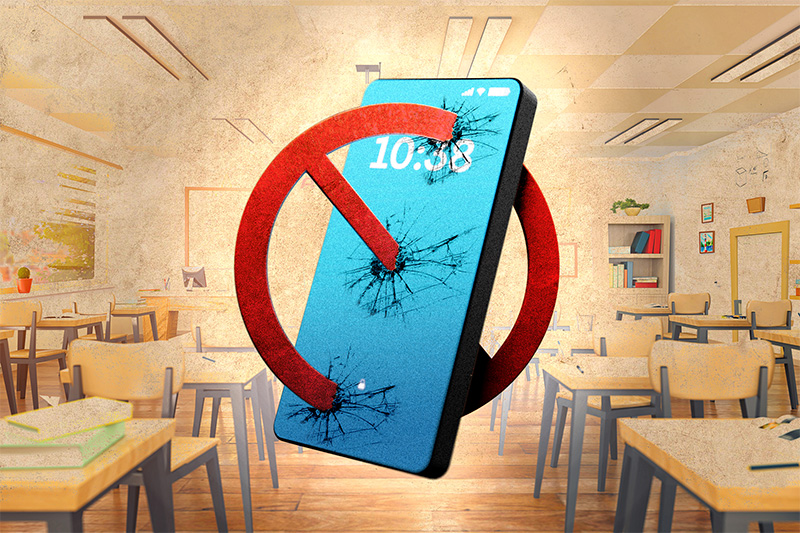
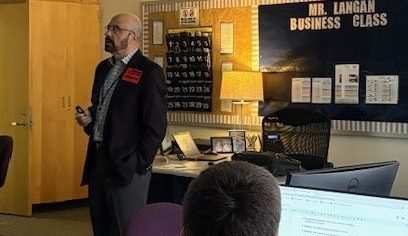
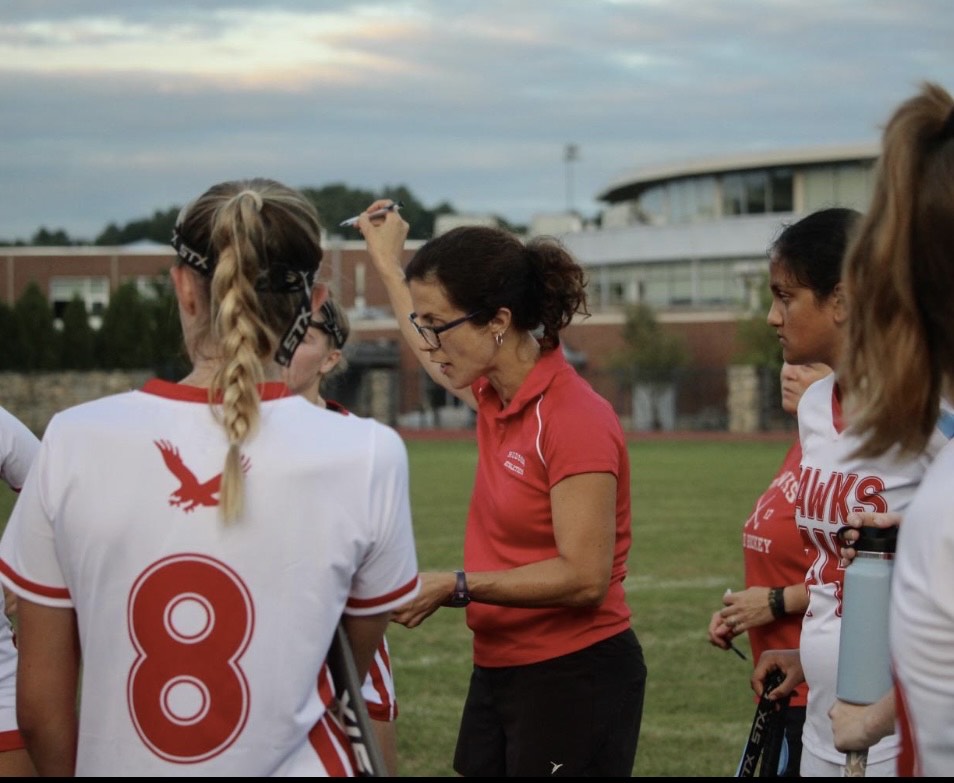
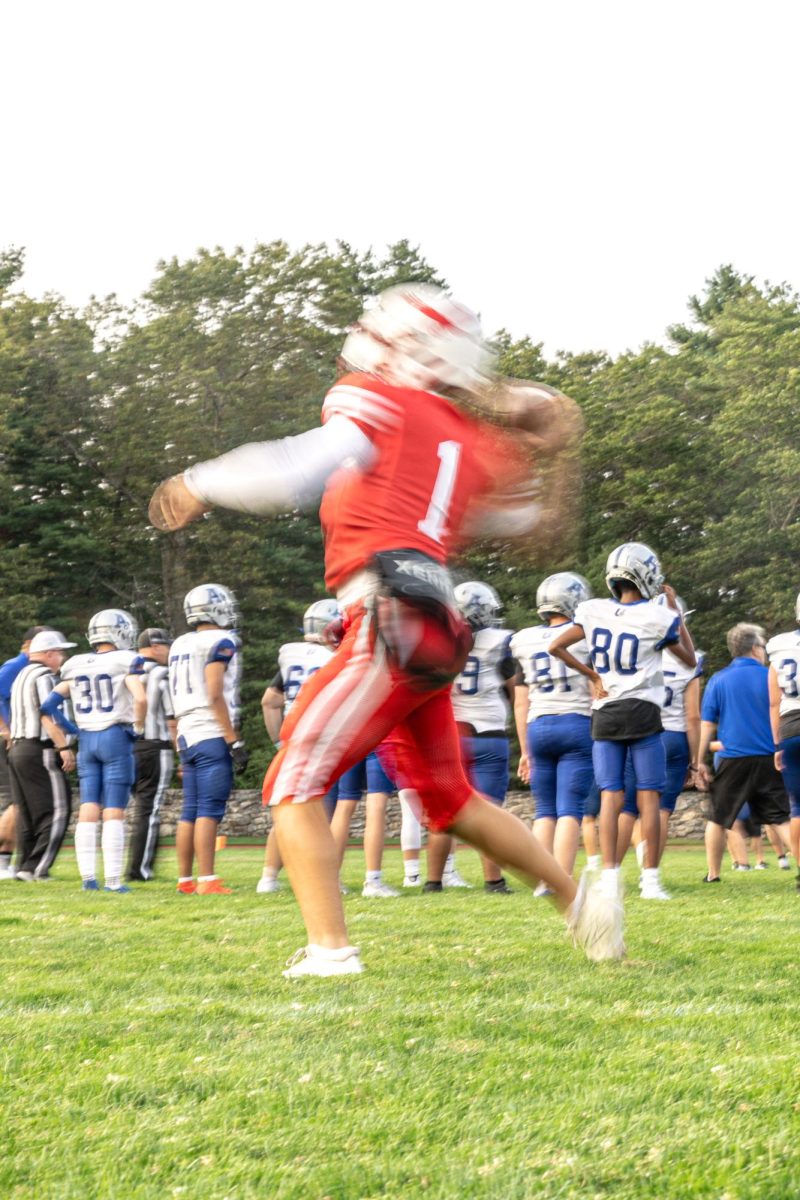
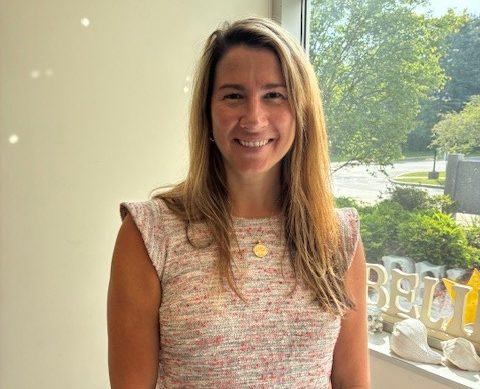

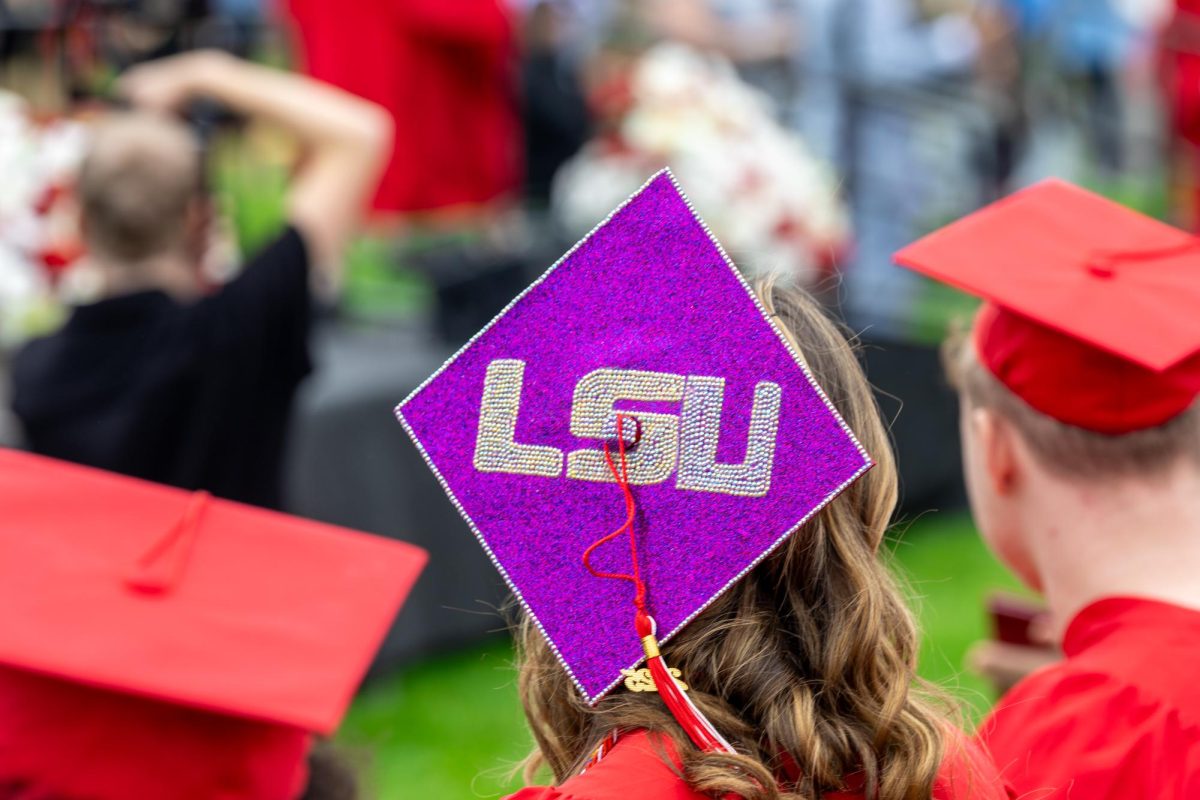
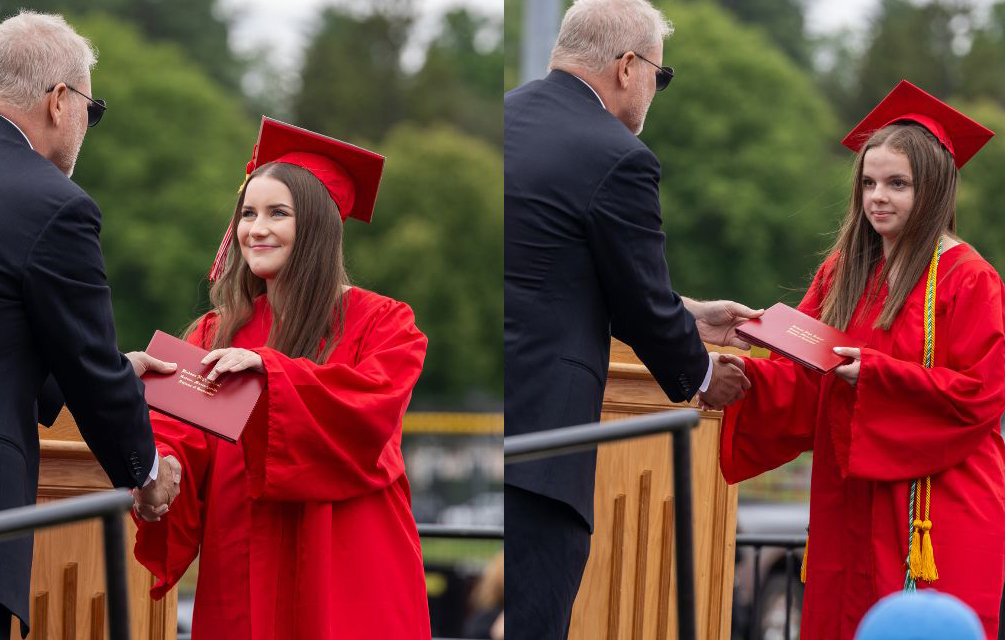
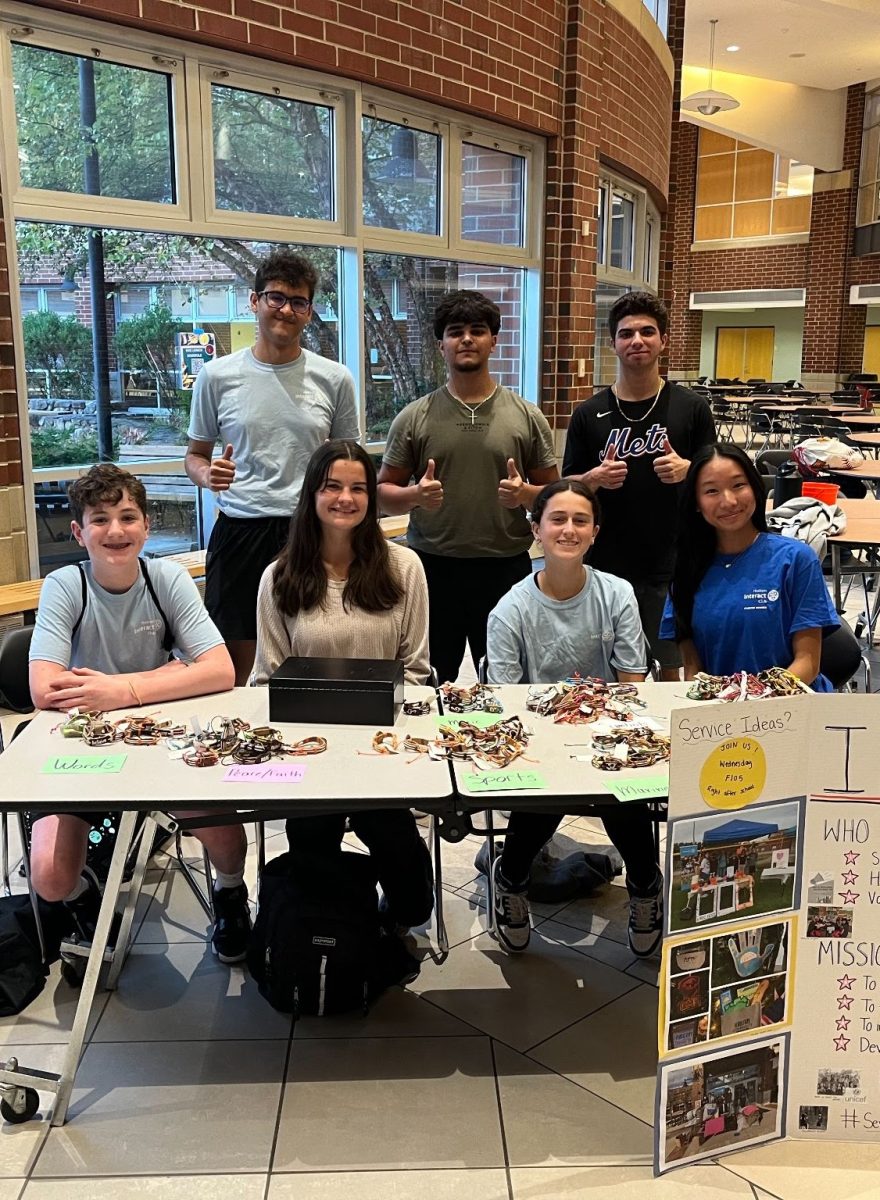
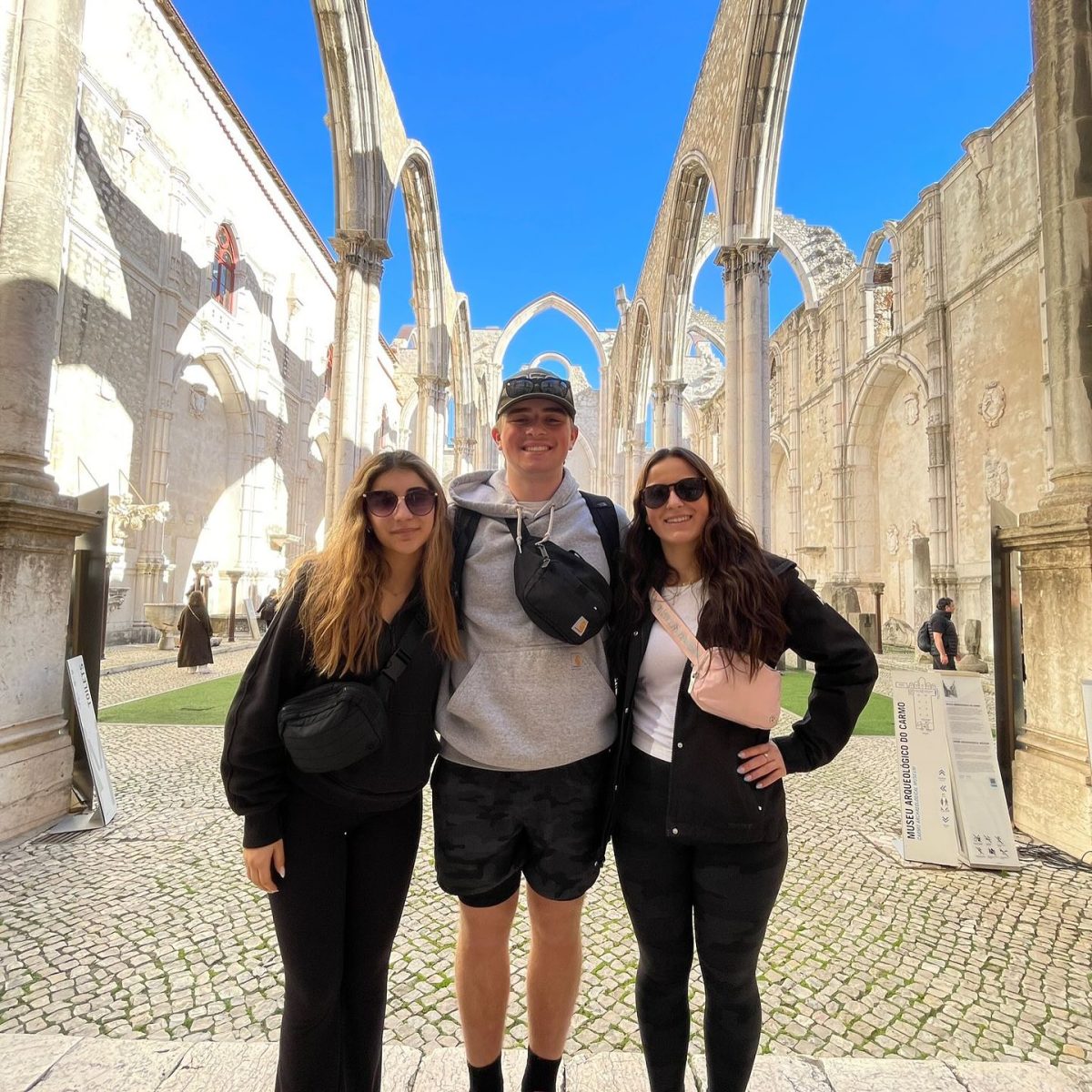
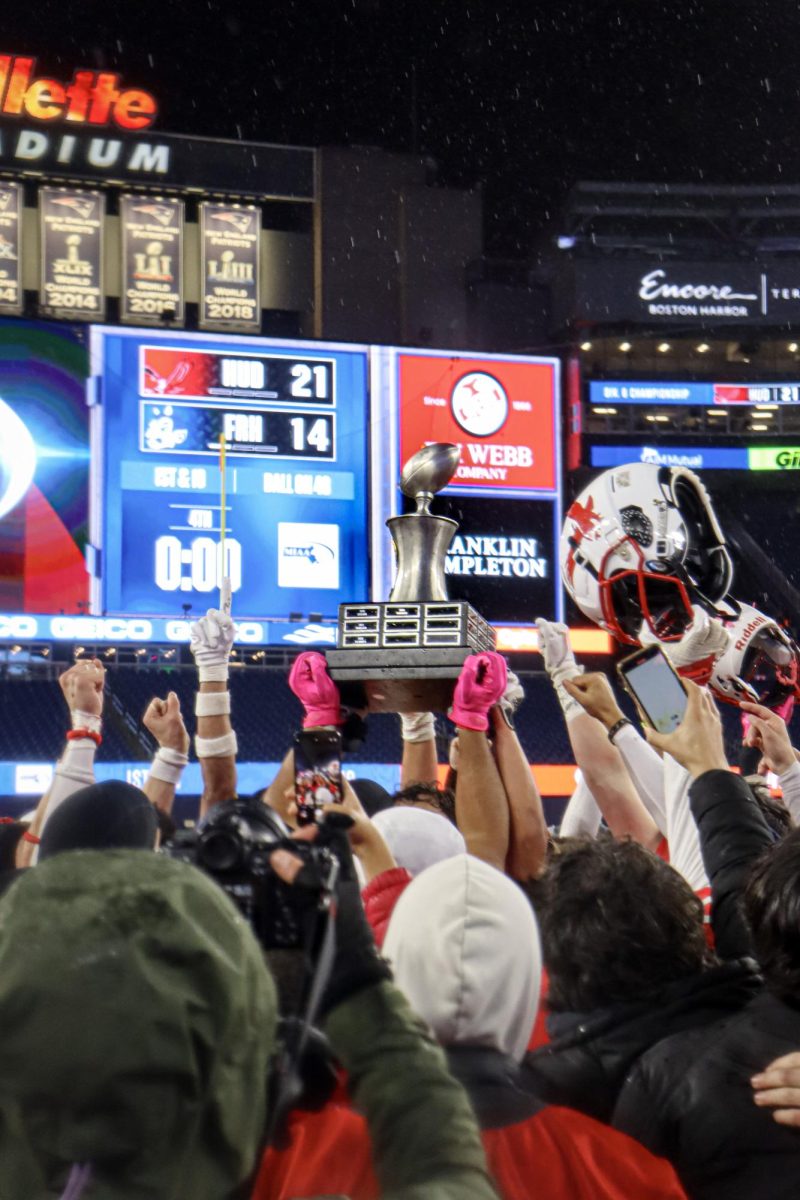
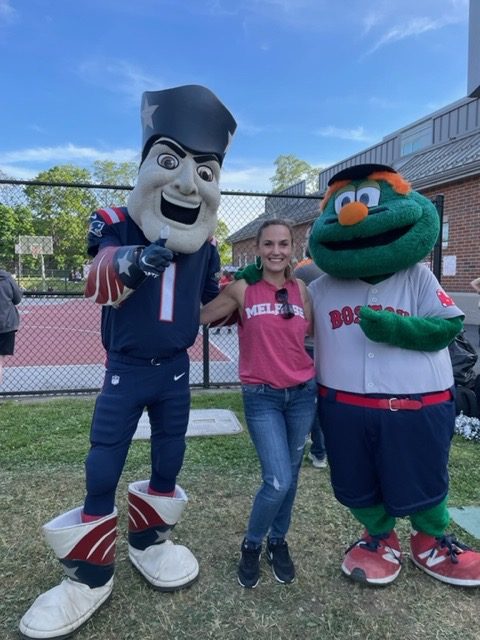
Carol Hobbs • Jan 26, 2017 at 12:34 am
Thank you for reporting, Rachel! Great article. I’m glad to see someone challenging the gender norms at our school. Thank you for valuing writing.